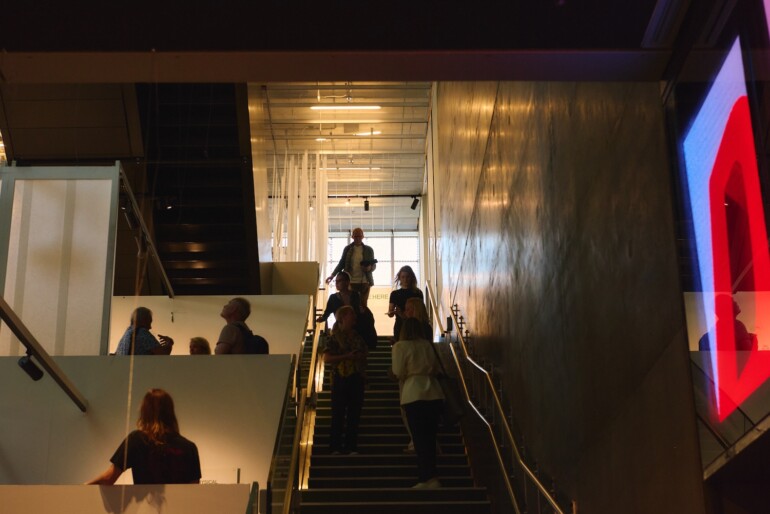The 3daysofdesign festival in Copenhagen is increasingly establishing itself as one of the most internationally relevant platforms for contemporary design. Every year in June, the Danish capital is transformed into a creative center. An open dialog between design, architecture and society takes place in showrooms, galleries, courtyards and historic buildings. The motto of this year’s festival was »Keep it Real«—, a call for authenticity, quality craftsmanship and human connection in an increasingly digital world. Once again, it was clear that Copenhagen is not only a host, but also a pioneer of a new, responsible design culture.
Danish Architecturee Center — Spacecon
The new exhibition Meet Me Here at the Danish Architecture Center (DAC) is dedicated to the question of how we can consciously experience physical closeness and real encounters again in an increasingly digitalized world. It takes up this year’s festival motto Keep it real—and calls for a new appreciation of authenticity, presence and interpersonal exchange.
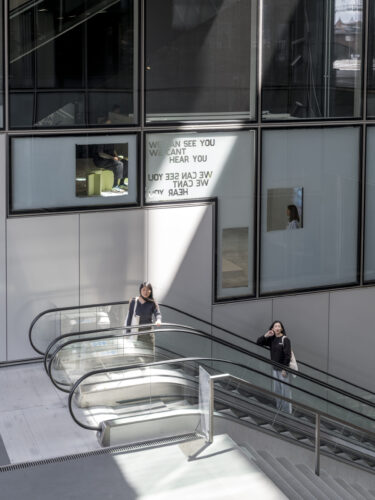
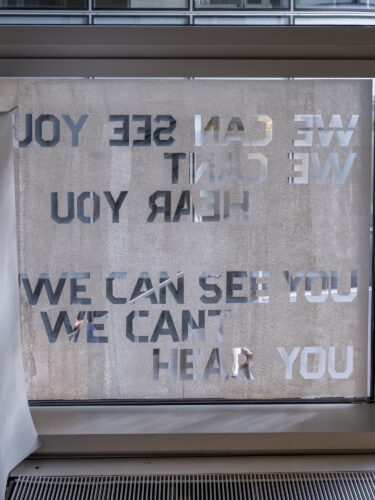
In a curatorial collaboration with the architecture and design studio Spacon, the DAC is transformed into a walk-in installation that invites visitors to rethink the role of space, body and attention. Across five levels, visitors can experience how architecture not only facilitates encounters, but also actively encourages them—through spontaneous conversation, casual gestures or deliberate pauses. Meet Me Here is a plea for the analog in the best sense of the word: not as a nostalgic look back, but as an enrichment for our social and sensual experience. The exhibition is on view from June 18, 2025 to January 4, 2026.
Fredericia — Nanna Ditzel — Bench for Two
Nanna Ditzel’s iconic Bench for Two, whose new edition was presented by Fredericia in collaboration with A. Petersen, also offers space for human interaction and a moment of spontaneous encounter. Originally designed in 1989, the sculptural bench impresses with its gently inclined seats, which invite quiet communication, as well as its graphic back element with concentric circles and central red markings—created directly from Ditzel’s spontaneous sketches—a tribute to Ditzel’s love of bold colors and vibrant design language.
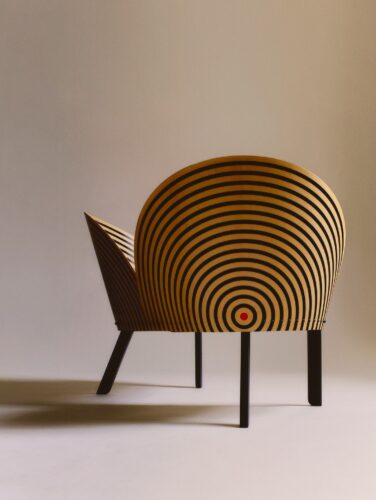
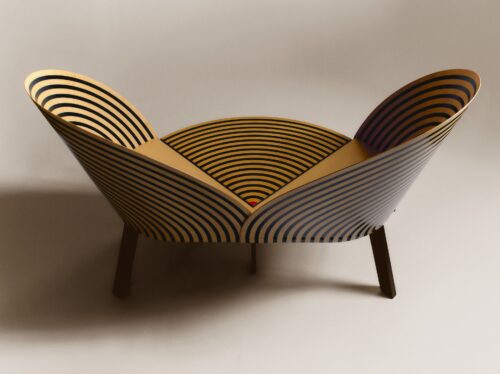
Made from solid maple wood and fine veneer, the Bench for Two remains a prime example of Scandinavian craftsmanship. Made in Denmark, it combines technical perfection with poetic expression. It is complemented by a table that is precisely matched to its silhouette, combining both elements to create an intimate setting. Even 30 years after its premiere, the Bench for Two remains a powerful statement of contemporary design—contemporary, human and full of intention. (Also featured in Chapter XII – »Simplicity«)
BassamFellows — Floor lamp by Philip Johnson and Richard Kelly, 1953
The BassamFellows design studio which was founded in 2003 by Australian architect Craig Bassam and US creative director Scott Fellows, not only brings back the legendary floor lamp from 1953 by Philip Johnson and Richard Kelly, but also presents a free-standing glass pavilion specially designed as part of the 3daysofdesign exhibition Design / Dialogue by Ark Journal. In the spirit of Johnson’s Glass House the result is an experiential space that allows visitors to experience the interplay of light, architecture and surroundings.
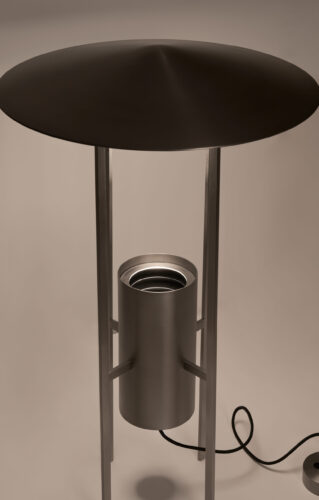
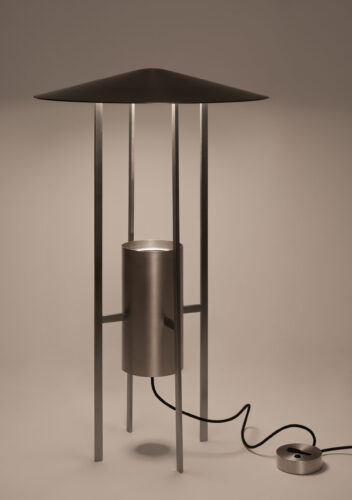
The original challenge for the now iconic glass house, which has no interior walls, was to develop lighting that avoids reflections and at the same time dispenses with ceiling lights. The solution was a powerful cone of light from the floor, which is gently reflected by a conical shade, creating a warm, intimate atmosphere. The minimalist luminaire thus became the blueprint for modern lighting design—timeless and effective at the same time.
Lee Broom — Chant Portable Table Lamp
British designer Lee Broom presented his immersive exhibition From Here Now at the historic Asia House, which was part of 3daysofdesign for the first time this year. Staged like the abandoned home of a world traveler, the exhibition conveyed a sense of discovery. Broom himself describes the exhibition as a moment of pause—a look back and a look forward at the same time.
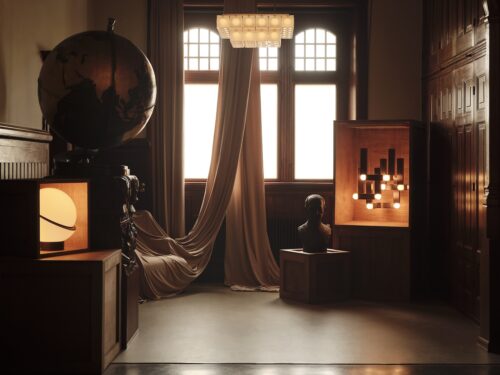
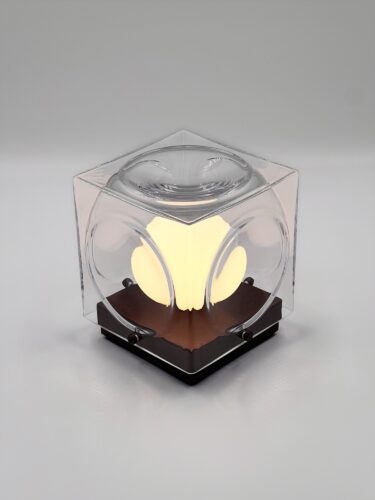
On display were reinterpreted classics from his lighting collections of the past ten years, including the Orion in antique brass and the Crescent in blackened brass, as well as the world premiere of the Chant portable table lamp, inspired by glass bricks from the 1970s. Visitors were able to experience the new luminaire over tea and cookies in the specially set up Lee Broom Tea Room. [DM]

